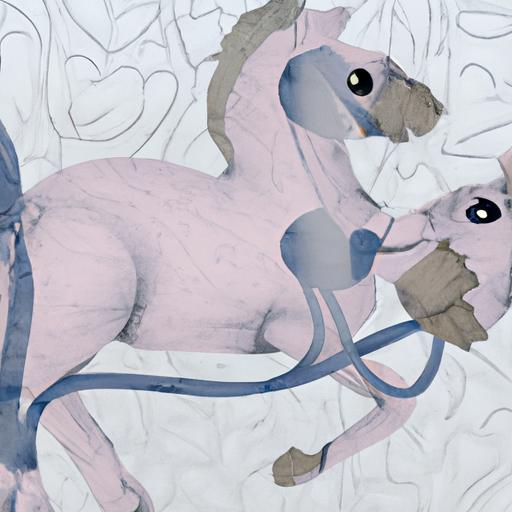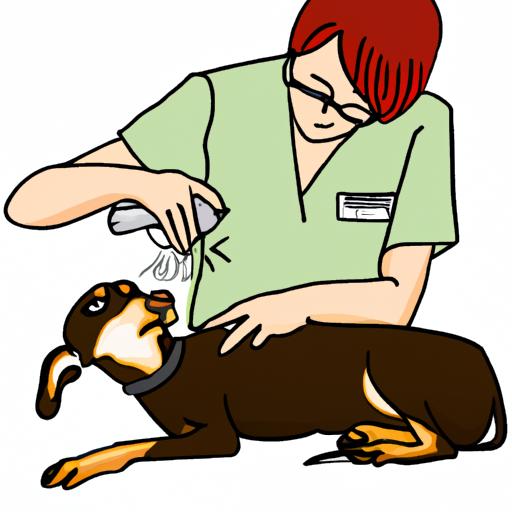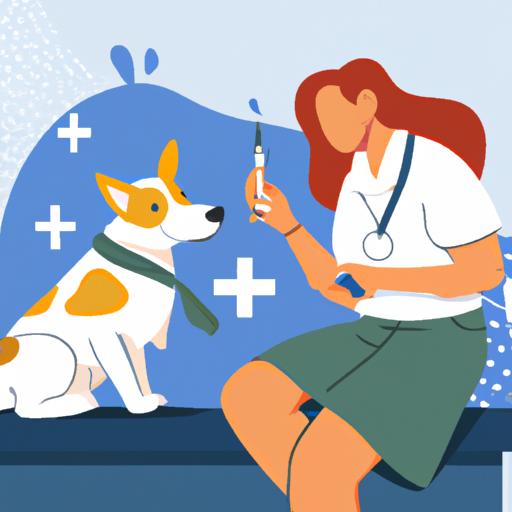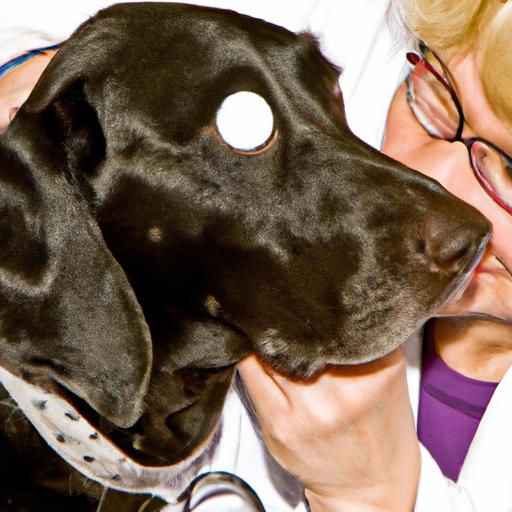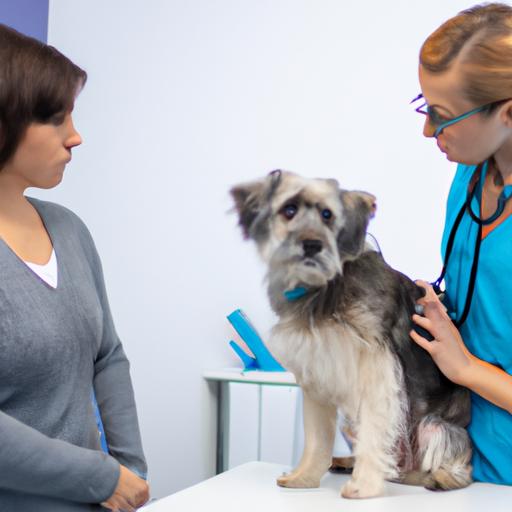
Canine Lipomas: Understanding Fatty Tumors
Gain a comprehensive understanding of canine lipomas: What are they? Are they cancerous? Learn about fatty tumors in dogs with our informative guide.
Introduction
As pet owners, we always strive to ensure the well-being of our furry friends. However, there are times when our beloved dogs may develop certain health conditions that leave us concerned and seeking answers. One such condition is canine lipomas, commonly known as fatty tumors. In this article, we will delve into the world of lipomas, providing you with a comprehensive understanding of these fatty growths in dogs and how to navigate through them with confidence.
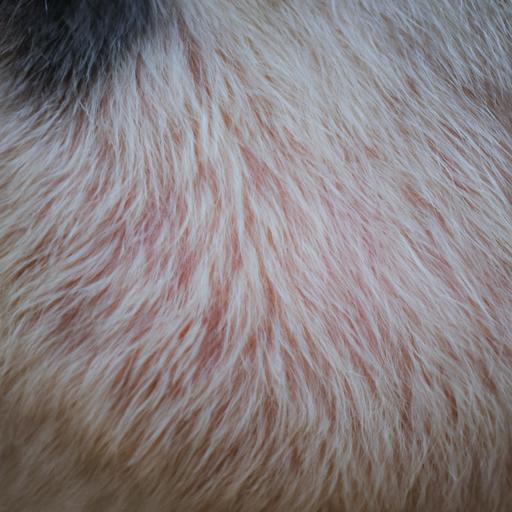
Understanding Canine Lipomas
Lipomas are benign tumors composed of fat cells that can develop under the skin in dogs. These growths are relatively common, and while they may seem alarming, it is essential to understand that most lipomas are harmless. They are typically soft to the touch, movable, and painless. Lipomas tend to occur in middle-aged to older dogs, and certain breeds are more prone to developing them than others.
While the exact cause of lipoma formation remains unclear, experts believe that genetic factors, hormonal imbalances, and metabolic disorders may contribute to their development. Additionally, obesity has been linked to an increased risk of lipomas in dogs. It is important to note that lipomas can develop in various parts of a dog’s body, including the chest, abdomen, limbs, and neck.
Signs and symptoms of lipomas in dogs are often minimal. Pet owners may notice the presence of a lump or a soft, fatty mass beneath the skin. In some cases, lipomas can grow quite large, causing discomfort or interfering with a dog’s movement. However, it is crucial to remember that lipomas are generally non-cancerous and do not pose a significant threat to a dog’s overall health.
FAQ about Canine Lipomas
What are the common misconceptions about lipomas in dogs?
There are several misconceptions surrounding lipomas in dogs. One common misconception is that all lumps or masses found on a dog’s body are cancerous. While it is important to have any abnormal growths examined by a veterinarian, the majority of lipomas in dogs are benign and harmless.
Are all lipomas in dogs cancerous?
No, not all lipomas in dogs are cancerous. In fact, the majority of lipomas are benign and do not pose a threat to a dog’s health. However, it is crucial to have any suspicious lumps or growths checked by a veterinarian to rule out the possibility of malignancy.
How are lipomas diagnosed in canines?
To diagnose a lipoma in a dog, a veterinarian will conduct a physical examination and may perform additional tests, such as fine-needle aspiration or a biopsy. These procedures help determine whether the growth is a lipoma or if further investigation is required.
Can lipomas be prevented or treated?
Preventing the development of lipomas in dogs is challenging, as the exact cause is still unknown. However, maintaining a healthy weight through a balanced diet and regular exercise may help reduce the risk. When it comes to treatment, surgical removal is an option if a lipoma is causing discomfort or affecting a dog’s quality of life. However, it is important to discuss the potential risks and benefits with a veterinarian before proceeding with any treatment plans.
Conclusion
In conclusion, understanding canine lipomas is essential for every pet owner. These fatty tumors, although often harmless, can cause concern and uncertainty. By familiarizing ourselves with the nature of lipomas, their causes, and the signs to watch out for, we can approach this condition with confidence. Remember, if you notice any unusual lumps or growths on your dog, consult a veterinarian for a proper diagnosis and guidance. With proper care and attention, we can ensure the well-being and happiness of our furry companions for years to come.
So, let’s stay vigilant, informed, and proactive in our efforts to keep our beloved dogs healthy and happy!


